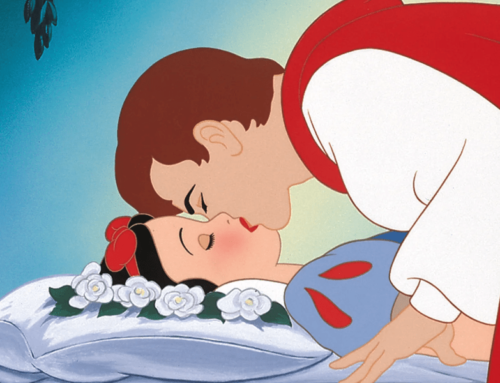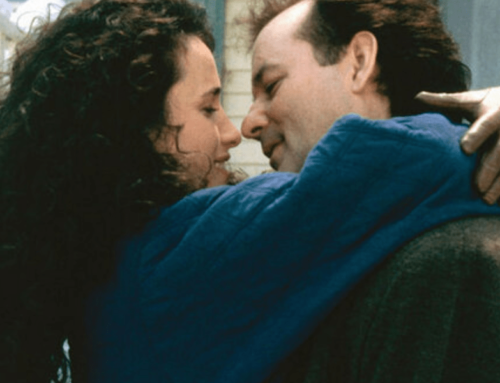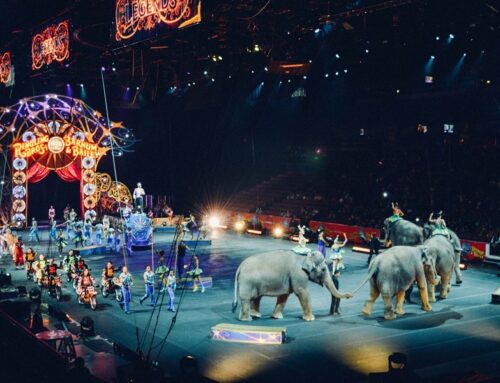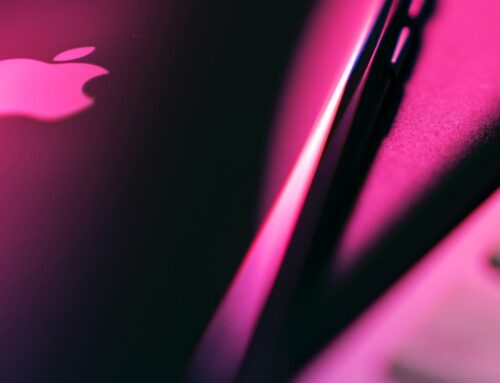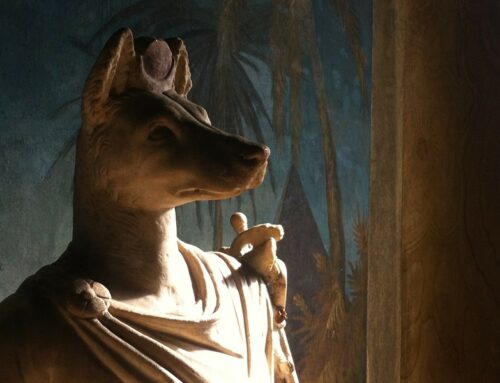The symbolism of the bear logo of Lucid Motors
Sometimes a logo is just a shape. A nice, clean design. A mark to place on the hood of a car, the corner of a website, the spine of a manual. But most of the times, a logo is more than that. It’s a whisper from something deeper. A symbol with roots that reach far beyond the boardroom, into myth, language, the night sky.
Lucid Motors is an American EV manufacturer known for its sleek design, high-end technology, and ambitious spirit. The brand presents itself with clarity – hence the name Lucid – suggesting vision, intelligence, even enlightenment. Their flagship model, the Lucid Air, floats into the luxury segment with minimalism and power, seemingly light as a feather and sharp as lightning. But there’s more at play for those who speak the language of symbols.
Lucid Motor’s logo features a bear. According to the company’s website, they chose the bear to symbolize their California heritage, entrepreneurial spirit, and commitment to forward-thinking design and sustainability. But to anyone with a symbolic eye, the combination of “Lucid” and “bear” calls up a different image entirely: Ursa Major, the Great Bear in the night sky. One of the oldest and most universally recognized constellations. And within it? The Big Dipper – known in many cultures as the Great Wagon. A vehicle among the stars. This connection might seem poetic at first, but the resonance is striking. A bear that lives in the stars, a wagon that never rests, eternally circling the North Star; Polaris. An image of constant motion, orientation, and guidance. The car becomes more than a product; it becomes a metaphor. A chariot of light. A celestial vehicle toward the future.
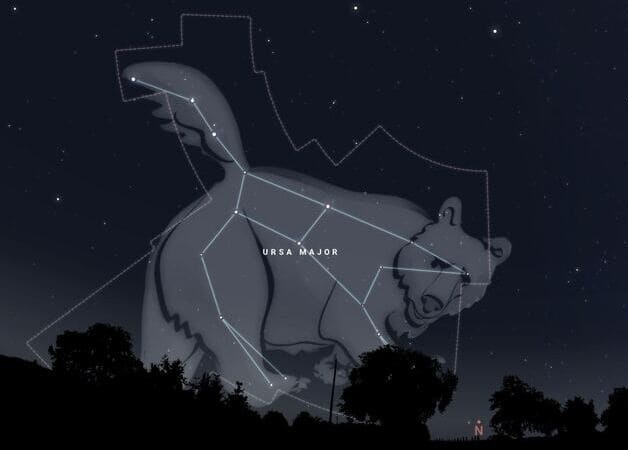
Is this all intentional?
Perhaps not. But the subconscious rarely cares. Symbols have their own momentum. They move us, even when we don’t fully understand why. This example of Lucid is precisely the kind of narrative modern brands long to tap into – not just function, not just aesthetics, but myth. Meaning. Memory. A sense of belonging to something larger – something that reaches beyond the showroom and into the collective imagination. Lucid may never explicitly claim to reference the Great Bear, or the Wagon, or the stars themselves. But that’s the beauty of symbols: they don’t need to shout. They linger in the background, nudging perception, shaping emotion. They give depth to design, and story to strategy.
This is what fascinates me. And it’s what The Dance of the King is all about. We live in a world of signs. Our lives are filled with silent messages, from corporate logos to ancient emblems, movie scenes to architectural motifs. And once you start to see them, you can’t unsee them. You begin to notice the layers beneath the surface. The way a brand borrows from mythology. The way a political symbol echoes religious iconography. The way an ad campaign taps into archetypes we’ve carried for centuries. These are not just curiosities. They are the codes of culture – and they are all around us.
Want to learn how to read them?
© Images: Lucid Motors and Astrorover

